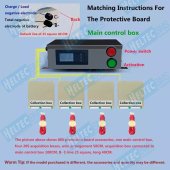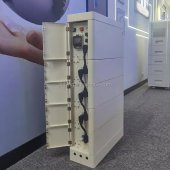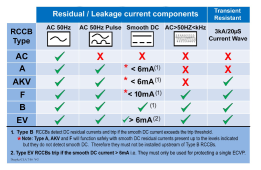Hedges
I See Electromagnetic Fields!
- Joined
- Mar 28, 2020
- Messages
- 21,089
I don't think there is any HV compatible BMS on the market yet, from the exposure I have had to these, they use 50ah pouch cells and not traditional LFP prismatic cells, it would make them almost un-liftable in weight. I installed a Solax Triple 180v HV battery not so long ago and it looked super complicated inside.
REC supports 128s
I have SofarSolar HYD5K 20KTL-3PH inverter, that operates on 180V-800V range HV (high voltage) battery.
I consider to build HV power wall based on 4 x 48V16s batteries banks.
I haven't started yet and I am collecting all advises. What is possible, what is not? What kind of 4x BMS will be the best one for such project? Any a master BMS?
BMS have a limit what max voltage they can be series-connected for. e.g. some 12V can be connected for 48V, but not all.
Likely 48V packs do not support 96V, etc. because if they disconnect, they experience excessive voltage across their FETs.
I think adding a bypass diode (like PV panels do) would solve that limitation. It must handle full battery voltage in reverse polarity, and full current.
abandoned rental scooters are legally rubbish if they are not parked in the company space, just take them!
If I find a rental car illegally parked in my driveway, am I allowed to part it out?










